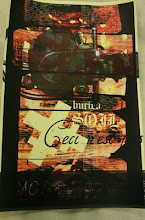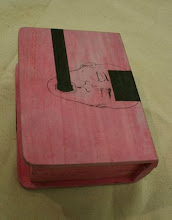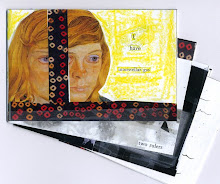It's a really good poem that should be read patiently and out loud. I'm linking to it here, as it connects to this class, not just in our study of Joseph Cornell, but because we ask our students to conceive for themselves a number of formal constraints against which they make their weekly written or visual work. We contextualize this requirement by looking at Cornell's space-constrained boxes alongside Marianne Moore's syllabically constrained poems. Cornell & Moore help set the tone of the class, to help students see, as W.H. Auden says about meter, that "rules...forbid automatic responses, force us to have second thoughts, free from the fetters of Self." Of course, as Willis puts it, "The body is a formal constraint." One is never completely unfettered. Moore in "What Are Years?" suggests that submitting to this fact is the way to move beyond it:
He
sees deep and is glad, who
accedes to mortality
and in his imprisonment rises
upon himself as
the sea in a chasm, struggling to be
free and unable to be,
in its surrendering
finds its continuing.















































































No comments:
Post a Comment